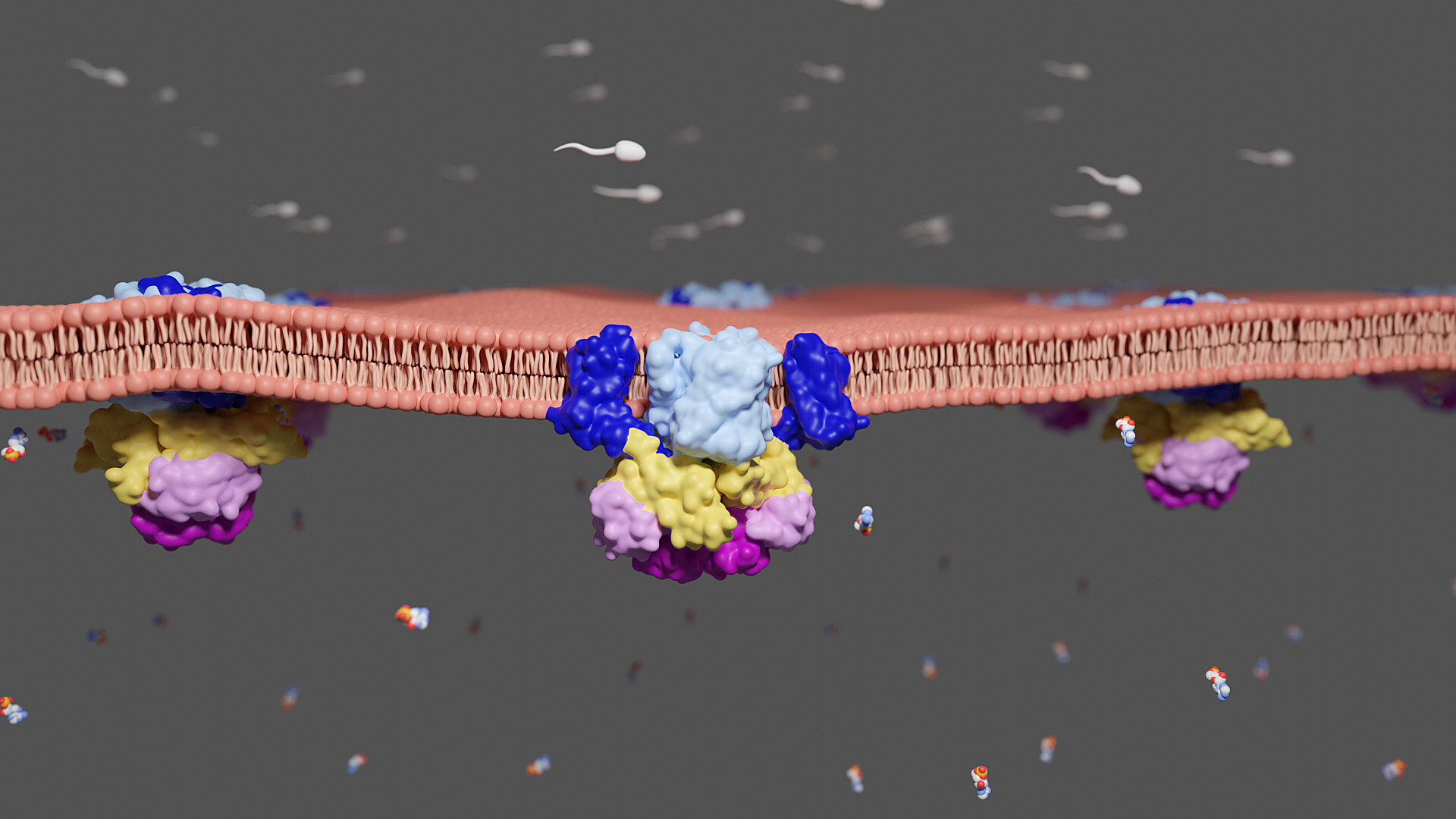Special proteins called membrane transporters play a crucial role in the movement of sperm cells. A team of researchers from Heidelberg University Biochemistry Center (BZH), led by Prof. Dr. Cristina Paulino, has successfully decoded the structure and mechanism of one such transporter using cryo-electron microscopy. This groundbreaking discovery, published in Nature, provides a deeper understanding of the molecular basis of reproductive capacity. It also has the potential to lead to new treatments for fertility disorders and innovative methods of contraception.
Sperm cells are unique in their structure and function, as their sole purpose is to locate and fuse with the egg. To achieve their full activity, sperm cells undergo a process called capacitation, which involves maturation in the semen. One crucial step in this biochemical process is enhancing sperm mobility. If the cells are unable to move independently or have limited mobility, it often results in reduced fertility or complete infertility, as the sperm cannot reach and fertilize the egg. Membrane transporters, special proteins found in the sperm membrane, play a vital role in this final maturation process. They are responsible for transporting nutrients into or out of the cell.
“Transporting certain ions into the cell increases sperm mobility. Therefore, the proteins involved in this transport directly impact sperm fertility and male reproductive capacity,” explains Paulino. Her research group at BZH focuses on studying membrane transporters in sea urchins, which serve as a model system for sperm investigation. Using cryo-electron microscopy, the scientists have now successfully deciphered the molecular structure of a significant sperm membrane transporter. They have identified its functional units, as well as how they connect and interact with each other.
“We have observed that the key protein is constructed from different building units, much like a Lego toy. While these building blocks are known in other proteins, their combination in this transporter is unique. With this information, we have successfully decoded the mechanism of this transporter for the first time,” explains Dr. Valeria Kalienkova, a former member of Paulino’s research group from the University of Bergen (Norway).
Dr. Martin Peter, another member of Paulino’s research team, believes that these new findings will be instrumental in developing substances that can influence this mechanism. These substances may have the ability to activate or deactivate the functions of the proteins. However, further investigation is needed to determine the extent to which these findings can be applied to human sperm mechanisms. In the long run, these discoveries hold potential for finding new ways to treat infertility or prevent sperm from fertilizing the egg.








